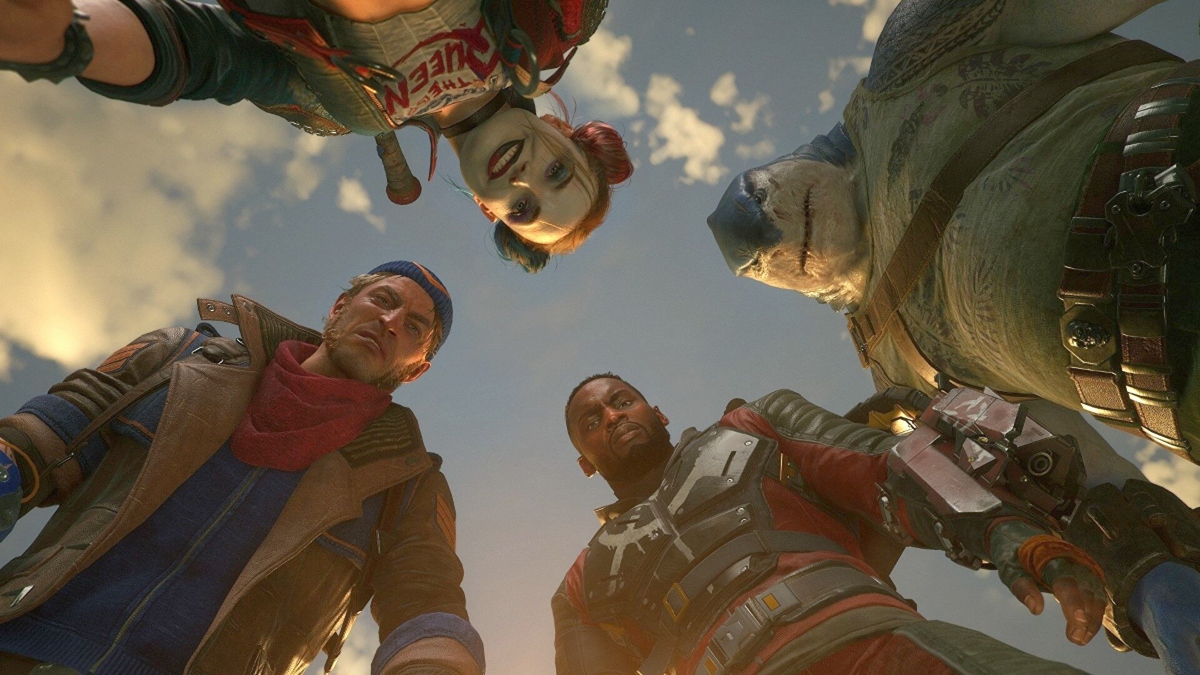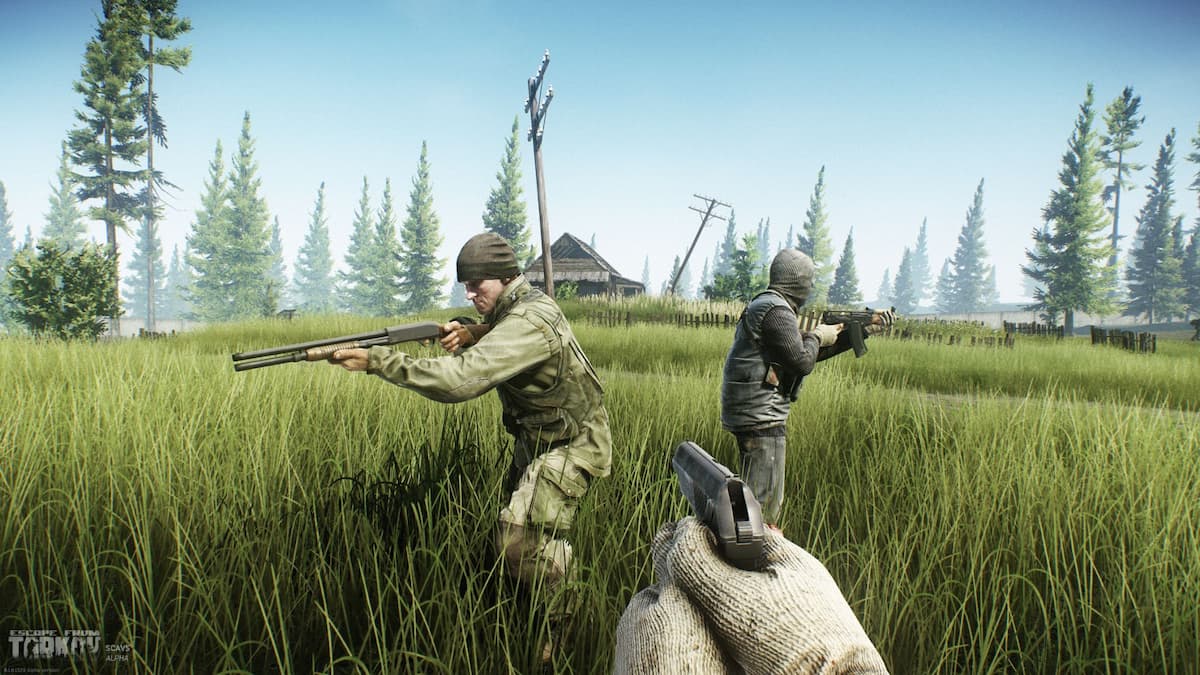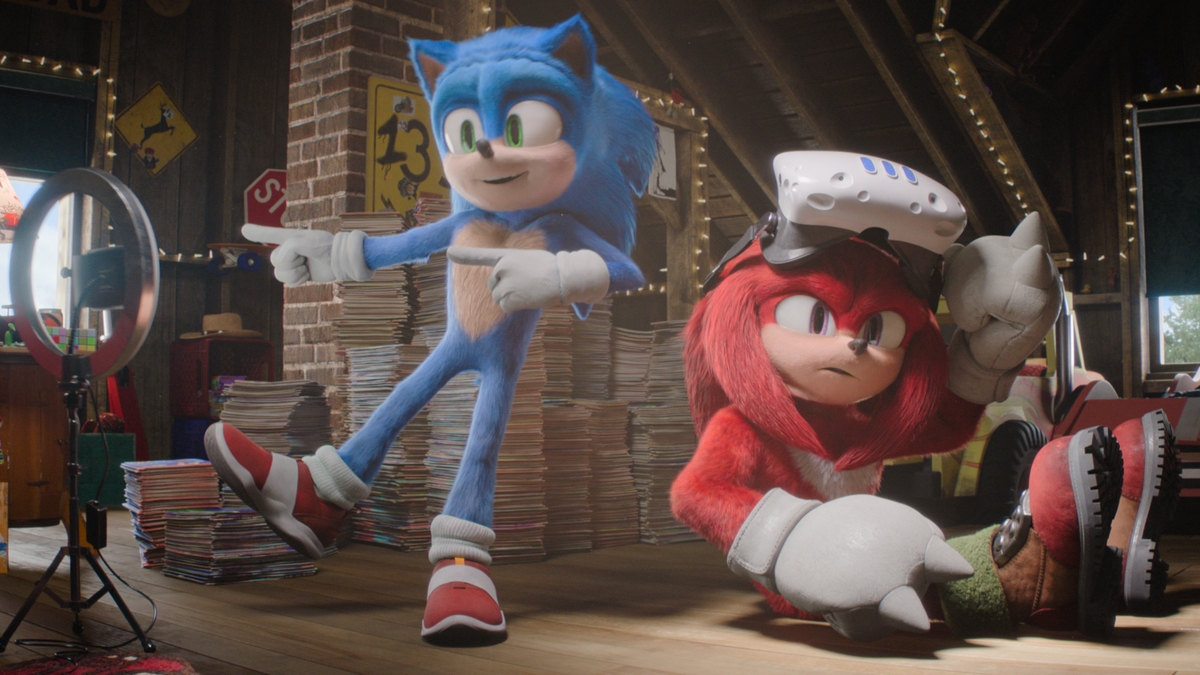It’d be so much simpler if Suicide Squad: Kill the Justice League was a complete disaster. If this game were a buggy, ugly, mess populated by unlikeable characters and riddled from top to bottom with predatory microtransactions writing a review would be easy. But, frustratingly, there’s just enough of the Rocksteady Studios I knew and loved in this game to make its mediocrity that much more painful.
After a nine-year wait, Suicide Squad is the long-in-development sequel to Rocksteady Studios’ beloved Arkham games. Some years after 2015’s Arkham Knight, Brainiac has invaded Metropolis and now threatens the world. You play as Harley Quinn, Deadshot, Captain Boomerang and King Shark, sprung from Arkham Asylum to blast their way through his army of alien invaders and save the day. The wrinkle? Brainiac has corrupted the Justice League and, as you may have guessed by the title, it’s murderin’ time.
Let’s get into the good stuff first. Since Arkham Asylum Rocksteady’s character design team has been one of the best in the industry and they’re firing on all cylinders here. Each of the four playable characters is impeccably detailed and enormously expressive – seeing their faces in close-up (particularly their eyes) is a graphical marvel.
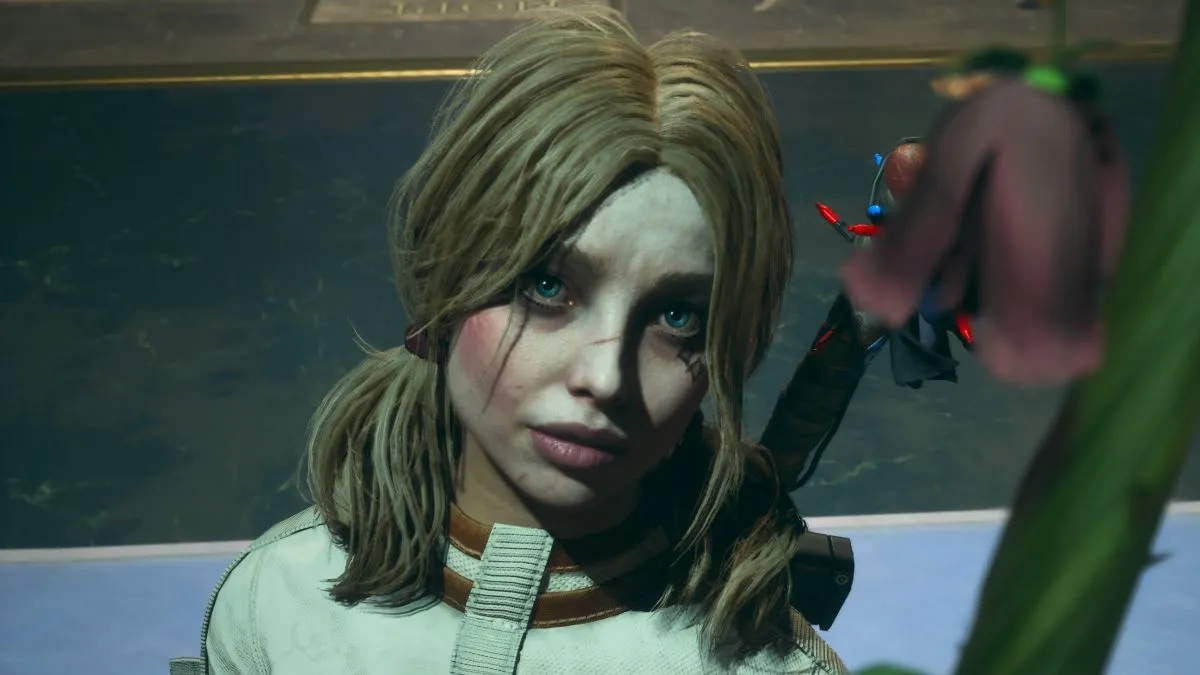
Voice acting is also outstanding, which is fortunate as nobody ever shuts up. Battles are crammed with chirpy dialogue between squad members and exploration is done to a hum of radio chatter from allies and enemies. This is also the final (maybe) Batman performance from the legendary and much-missed Kevin Conroy and while it’s icky that his post-mortem performance comes in a game in which you’re out to kill him, he’s clearly having fun chewing scenery in villain mode.
The story is also mostly well-told. From the off everyone acknowledges that a woman with a baseball bat, a boomerang guy, a sharpshooter and a shark-man have little chance of being able to take down any member of the Justice League, let alone Superman himself. But everyone loves an underdog story and James Gunn has provided a rock-solid template on how to make them work with the Guardians of the Galaxy movies, with Suicide Squad cribbing his notes to the point where King Shark pretty much is Drax with a fin on his head.
There’s also an admirable focus on keeping the story moving forward, though pace comes at the expense of gravitas. Yes, you will kill the most famous superheroes in popular culture, but literal seconds after their death the camera pans away from their bodies and the story moves on without pausing for reflection. Arguably this feeds into the irreverent nature of this team, but you’d think even these amoral characters would pause for breath after executing apparently invincible and beloved cultural icons they each have a complicated personal history with.

Over the nine hours it took me to reach the credits, I kept pushing on to see what happened next in the story. Sadly, the closer you get to the end, the more things fall apart. As you head into the final act the game attempts to ease you into the ‘endgame’, trying weakly to justify an endless series of generic missions to keep players engaged (i.e. spending money). The upshot is that the story doesn’t so much end as fizzle out. Perhaps a proper ending will come in future updates, but I can only review what’s in front of me rather than a vague promise of what might one day arrive.
At least the core combat is relatively engaging. There’s nothing groundbreaking about it and it’s a missed opportunity to have these four different characters play similarly to one another, but shots land with a weighty thump, wiping out a group of enemies with a cluster grenade is satisfying, and I always enjoy games that encourage aggression to regain health. There are also several crafting/affliction systems but, at least on normal difficulty, it wasn’t necessary to engage with them at all. Picking the guns with the highest damage output is all you’ll need to see the credits without much fuss.
Though the combat is competent the same can’t be said for the mission design: being asked to defend a slow-moving truck ambling through Metropolis isn’t fun the first time, let alone the fifth or sixth time, to say nothing of bland tasks like defending a plant or feeding tokens into a nav point. These feel like the first drafts of mission template and all ultimately boil down to blasting glowing purple weak spots on objects or enemies. During the campaign, you have the carrot of the ongoing narrative dangled in front of you. After the credits that’s gone and I can’t fathom why anyone would stick around for progress as fulfilling as running on a hamster wheel.
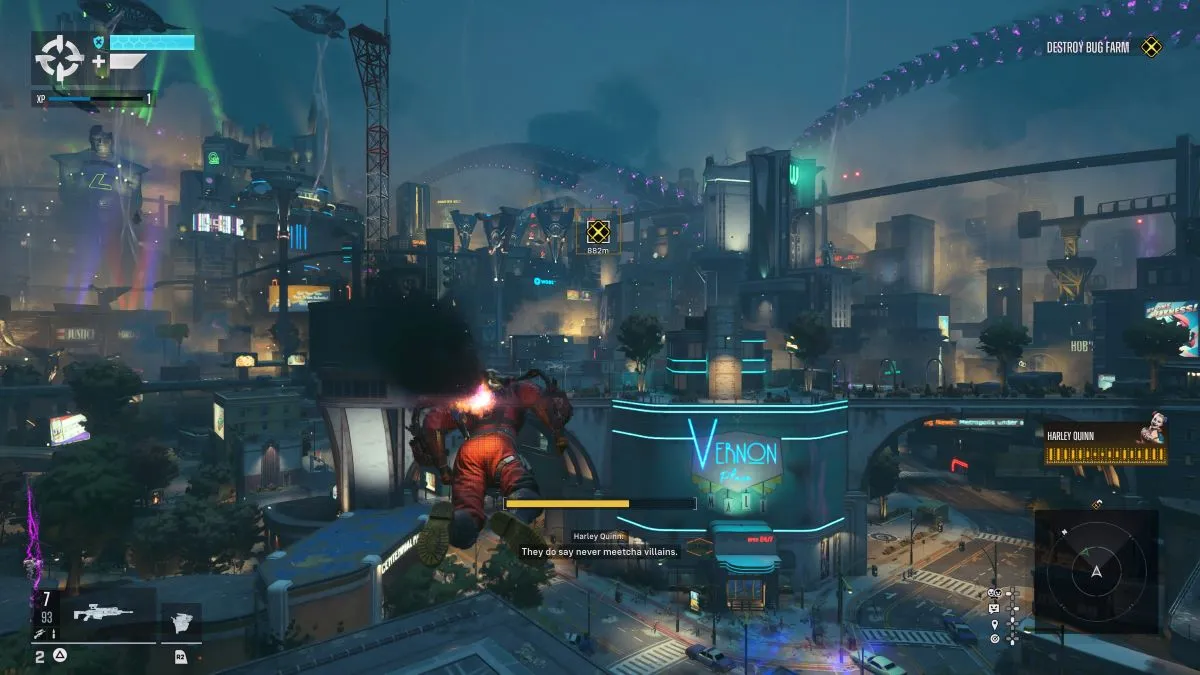
That’s compounded by there being almost no variation in what you’re asked to do. In Arkham Knight you had hand-to-hand combat, stealth sections, detective work, environmental traversal, batmobile races, and puzzle rooms. The vast majority of Suicide Squad is blasting generic enemies on rooftops, with only the brief vestigial Riddler challenges echoing back to Rocksteady at their best.
Suicide Squad also botches the promise of its title. As you can predict, the boss fights take place against the Justice League. Rocksteady has pedigree here, with Arkham City‘s Mr. Freeze fight considered one of the greatest bosses ever. Any game designer worth their salt should relish the challenge of creating a blockbuster throwdown against the Justice League, and Insomniac’s recent Marvel’s Spider-Man 2 shows how dazzling a superpowered throwdown on modern hardware can be.
So it gives me no great pleasure to report that every single boss is underwhelming: they zip around a large arena as you wait for a counter prompt, after which you shoot them until they flop onto the ground dead. Sure, the plot establishes why a machine gun can harm Superman, but what should be epic and emotional nail-biter boss fights against gods among men are all damp squibs. And don’t even get me started on the ludicrous Batman boss…
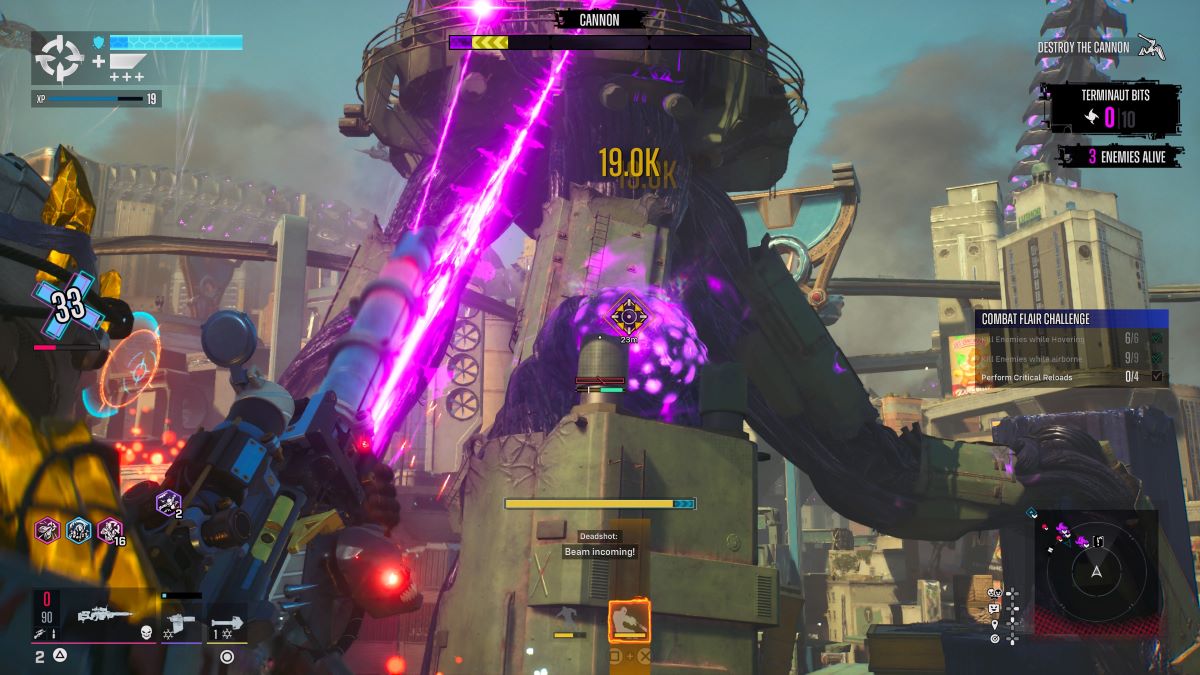
There’s some mitigation for Rocksteady here. The co-op focus means that every boss encounter needs to be designed around four players, and when your combat verbs are shooting, tossing grenades, and flying about, the options for designing an imaginative boss encounter rapidly contract into… well, the dull Suicide Squad bosses.
As the hours ticked by, you sense the tension between Rocksteady’s design talents and the limitations of the games-as-a-service online template. At first, I kept matchmaking set to public, letting any other player leap into my game to help me out. But to anyone here for the story this quickly proves a bad idea: firstly the random players I matched with were much less helpful than the bots and secondly, nothing ruins a cutscene quicker than a large reminder in the corner of the screen that the people you’re matched with have skipped it and are impatiently waiting for you to return.
I gave up on that, turned off matchmaking altogether and the game proved more fun as a solo experience. Though this makes a mockery that, at launch at least, there’s no way to play Suicide Squad without being online. Mindboggling.
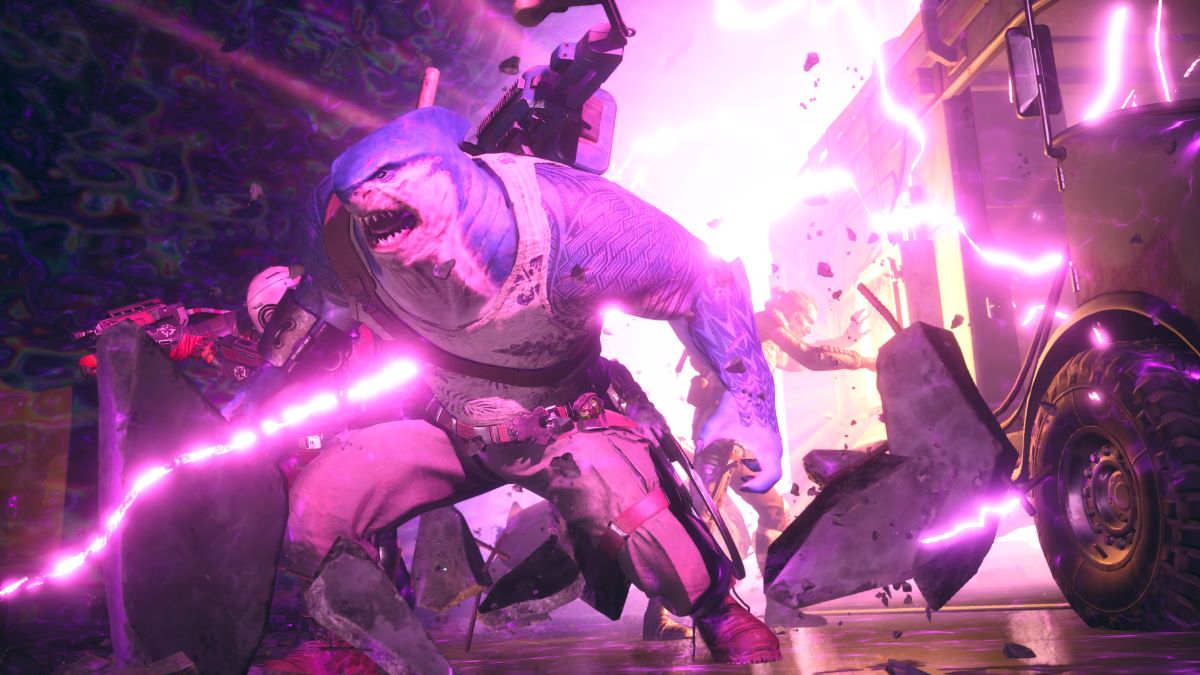
I just feel bad for Rocksteady. The Suicide Squad team boasts some of the most talented artists in the industry and for many, this was clearly a labor of love. But while there are enjoyable elements, the design foundations of the game are rotten and the longer you play the shallower the experience becomes.
I desperately hope Rocksteady can bounce back from this and get back to a focused single-player adventure, though given the modern realities of the gaming industry I can only feel pessimistic about their immediate future.
This review is based on the PlayStation 5 version of the game. A copy was provided to us for review by Warner Bros. Games.

